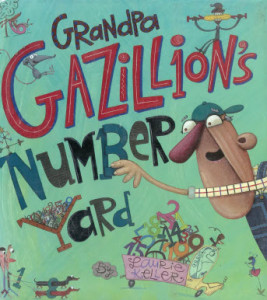This summer I attended a car show hosted by the Bristol County Rod Club. I saw lots of interesting cars, one of which was a 1957 Ford Ranchero. This was the first version of a car/truck style that continued for a few years and a couple of years later General Motors copied with their El Camino series. Of course us North Americans take a back seat to the Australians who had been driving their “utes” long before the debut of the Ford Ranchero.

1957 Ford Ranchero
The Ford Ranchero was introduced in December 1956. The Ranchero was based on the standard full-sized Ford platform, specifically the 116-inch long utilitarian Courier sedan delivery Ford. The Ranchero was essentially a Courier with an open, reinforced bed, its own unique rear window and integrated cab and cargo box.
The Ranchero was initially introduced with two trim levels – 66A “Pickup” and 66B “Custom”. In the image below #8 shows the rather plain “Pickup” trim level, #7 shows the “Custom” level, while #6 shows a Custom with some additional trim options. The Ranchero that I saw appears to be a Custom model (66B) with in the Raven Black color.

Ranchero Trim Levels In 1957
The Ranchero was a useful vehicle with its pickup truck bed in the back, while maintaining the creature comforts of cars of that era. The carrying capacity of the Ranchero was equal to that of the Ford pickup trucks.

The Ranchero Was A Fully Functioning Pickup Truck
Ford’s print advertising played on the theme of the American southwest that the “Ranchero” Spanish model name was meant to evoke. If you look very closely at the red symbol on the Ranchero’s tailgate you can see an image of a Texas Longhorn cattle beast. The advertising proclaiming that the Ranchero was “More Than A Car! More Than A Truck!” The Ranchero was a hit with both the automotive press and the buying public, filling an untapped market niche for vehicles with the utility of a light pickup and the ease of operation and riding characteristics of a car.

1957 Ford Ranchero Advertising
The production numbers that I have show that Ford built 21,705 Pickup and Custom 1957 Rancheros. Compare this with 12,814 F100 pickup trucks built! As you can see, the Ranchero was quite popular.

The 1957 Ford Rancheros Were Very Popular
The Pickup and Custom Ranchero models could be ordered with any engine available for Ford cars. The base A-Code engine was the 223 cubic inch in-line 6-cylinder which produced 144 horsepower. the base V8 U-code engine was the 272 cubic inch engine that produced 190 horsepower. The optional V8 engine was the C-code 312 cubic inch engine with 205 horsepower. There also was a 352 cubic inch V8 Police Interceptor engine that produced 300 horsepower.
This particular Ranchero appears to have a special, quite rare E-code 312 cubic inch “Thunderbird Special” V8 engine. My information shows that this engine was not normally available in the 1957 Rancheros. And only a few high performance Thunderbirds were fitted with this engine. The engine has two four-barrel Holley carburetors, special heads, and a high performance camshaft producing 270 or 285 horsepower depending upon the information source.

This Ranchero Was Fitted With The E-Code 312 Cubic Inch “Thunderbird Special”
The interior of this Ranchero is rather stark. Note that there is no radio, which while typical for trucks of that era, many cars had AM radios. The car appears to have the three-speed automatic transmission. I am somewhat surprised to see the Thunderbird Special engine matched to the automatic transmission rather than a three-speed or four-speed manual transmission.

The Ranchero Was A Quite Comfortable Alternative To The Ford F100 Pickup
While the Ford Ranchero was quite commercially successful as compared to the F100 pickup truck, it did that despite being more expensive than the F100. The base Ranchero Pickup model sold for $2,098, while the short bed F100 truck sold for $1,789.
I noted in the title this post that the 1957 Ford Ranchero started a trend, but now that trend has completely reversed itself. The 1957 Ford Ranchero brought car creature comforts to the truck market – cars became more like trucks. Nowadays trucks have become more like cars.
If you have any comments or questions on this post, then please leave a comment below, or you can send me a private email message at the following address: shanna12 at comcast dot net
Share this:




